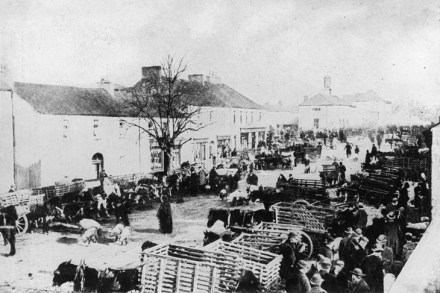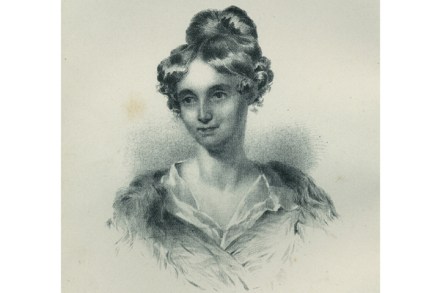Rescuing an Irish gem
This large and splendid book is more in the nature of a grand illustrated guidebook than a historical monograph. Hundreds of photographs cover every aspect of Abbeyleix today, the magnificent Georgian house 60 miles south-west of Dublin — its contents, the garden and demesne, not to mention the owner’s family and friends. It makes a




